China Expands Access to Futures Market, Opening 91 Contracts to Foreign Investors in Push Toward Global Commodities Integration
China is accelerating the internationalization of its futures markets, granting Qualified Foreign Institutional Investors (QFIIs) access to an expanded suite of contracts across key sectors of the real economy. On June 18, following remarks at the Lujiazui Forum by China Securities Regulatory Commission (CSRC) Chairman Wu Qing, the country's three major commodity exchanges jointly announced the addition of 16 new contracts available to QFIIs and RQFIIs. This brings the total to 91 tradable futures and options contracts accessible to foreign investors.
The newly included contracts span sectors critical to industrial supply chains—including rubber, tin, lead, soda ash, ethylene glycol, and liquefied petroleum gas (LPG). Starting from the night session of June 19, these contracts will become available through the Shanghai Futures Exchange (SHFE), Zhengzhou Commodity Exchange (ZCE), and Dalian Commodity Exchange (DCE).
“We are committed to expanding the range of products available to foreign institutions and will raise the number of eligible futures and options contracts to 100,” said CSRC Chairman Wu Qing during his speech at the forum.

A Strategic Shift for Global Market Participants
For global banks, hedge funds, insurers, and commodity traders, this shift significantly improves access to China's vast commodities landscape. Prior to recent expansions, international investors had limited channels to participate in China's futures market—despite the country being one of the world's largest producers and consumers of industrial commodities.
According to data from the Securities Times, the 91 open products now include 83 commodity contracts and 8 financial or index-related contracts, covering agriculture, metals, energy, shipping, and chemical sectors. This marks a near doubling from 46 contracts available in early 2024.
"Foreign investors have long had access to China's equity and bond markets, but futures remained relatively restricted,” said Prof. Xi Junyang, Shanghai University of Finance and Economics. “This expansion opens a more direct and efficient pathway for price discovery and risk management in a key global market.”
Institutional Pathways Are Expanding
China has established three core pathways to facilitate international participation in its futures markets:
The QFII/RQFII access regime, which now encompasses a broadening range of commodity contracts;
Direct opening of selected futures contracts to all international participants, including crude oil and iron ore;
Licensing of wholly foreign-owned futures firms, which can operate domestically and offer direct services to offshore clients.
The latest batch of 16 contracts includes:
ZCE: Glass, soda ash, ferrosilicon (futures & options)
DCE: Ethylene glycol, LPG (futures & options)
SHFE: Natural rubber, lead, tin (futures & options)
These instruments are widely used in global hedging strategies and pricing mechanisms, aligning the Chinese market more closely with global participants'needs.
Case Studies: Growing Influence of “China Prices”
China's pricing power is already being felt internationally. In March 2024, Malaysia's derivatives exchange launched a soybean oil futures contract based on prices from the Dalian Commodity Exchange, marking a first for ASEAN. In May 2025, Japan's Osaka Exchange began listing Shanghai Natural Rubber Futures, directly referencing SHFE benchmarks.
“When foreign exchanges start adopting Chinese benchmarks, that's a meaningful shift in global commodity pricing,” said Prof. Xi. “It signals growing acceptance of China as a price-setting power.”
This cross-border recognition of Chinese benchmarks underlines the strategic relevance of the newly opened contracts—not only for global asset allocators but also for regional exchanges, shipping firms, and industrial users across Asia, Europe, and the Middle East.
Implications for Financial Institutions and Hedgers
For global institutions seeking to deepen exposure to China's physical economy—without direct asset ownership—futures markets offer a crucial channel. From cross-hedging against supply disruptions in Asia, to price risk management for manufacturers sourcing from China, these instruments unlock a previously narrow corridor of access.
“Foreign institutional investors will now have more tools to hedge exposure and access Chinese assets without being bound by physical trade restrictions,” said Jin Shan, head of international business at Zheshang Futures.
She also noted that foreign participation is likely to improve market structure by diversifying participants and enhancing price efficiency. This is echoed by other industry voices, including Jiang Wenbin, Senior Investment Manager at Minmetals Futures, who emphasized the need for futures firms to provide deeper, research-based service capabilities to meet global standards.
Jiang said firms should focus on:
Connecting domestic and foreign clients through overseas subsidiaries
Developing pricing and trading models tailored to cross-border trade
Delivering integrated services across the full value chain—from price analytics to strategy execution
These strategies reflect an emerging arms race among China-based firms to become international service hubs as the regulatory gates open.
Looking Ahead: FX Futures and LNG Contracts on the Horizon
The CSRC has also signaled further liberalization in key areas. Wu Qing confirmed ongoing coordination with the People's Bank of China to launch RMB foreign exchange futures, a move expected to help corporates and financial institutions better manage currency volatility amid complex global monetary cycles.
In addition, preparations are underway for liquefied natural gas (LNG) futures and options, which would be of particular interest to international energy players seeking exposure to Asia's growing gas demand.








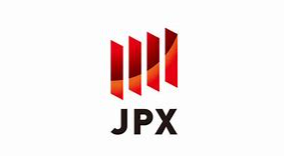



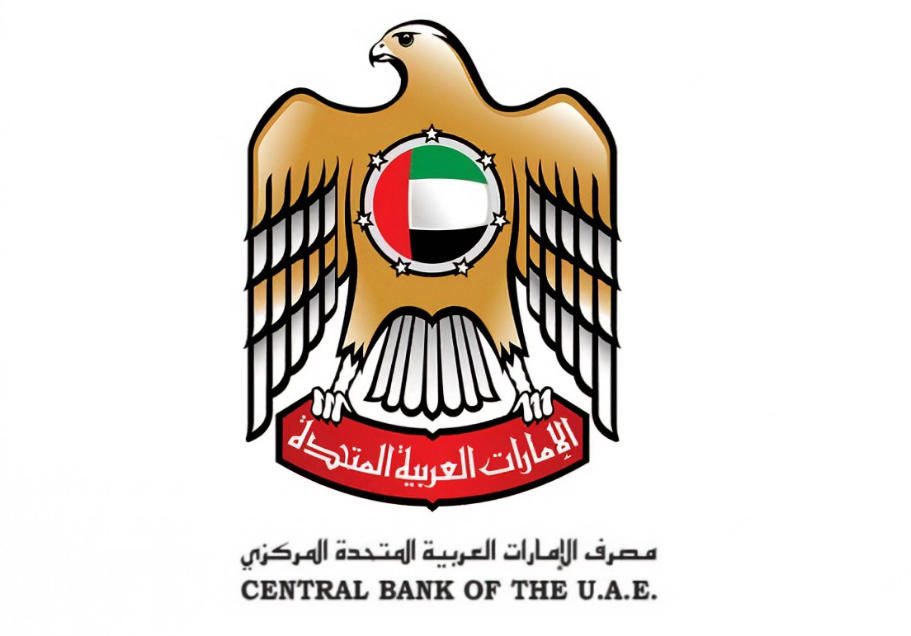




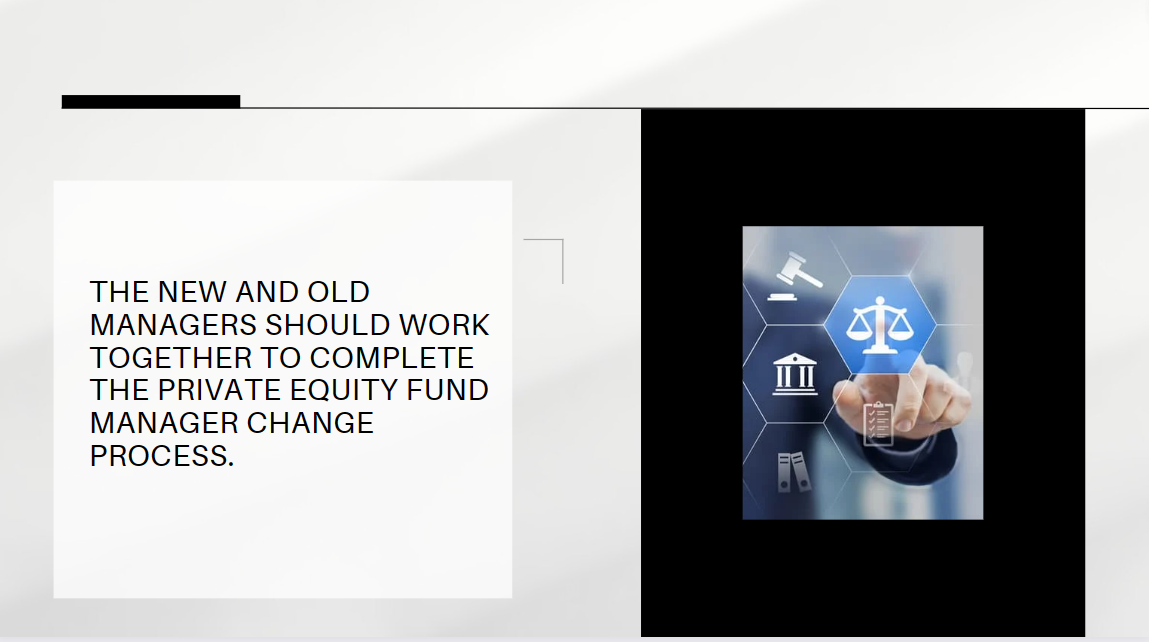

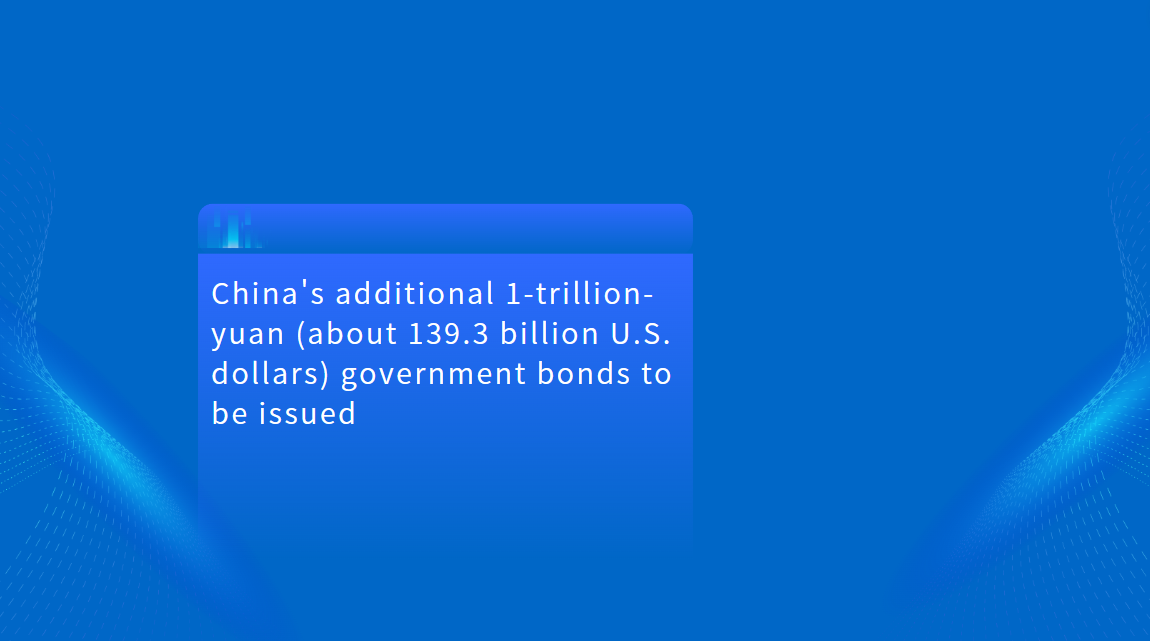



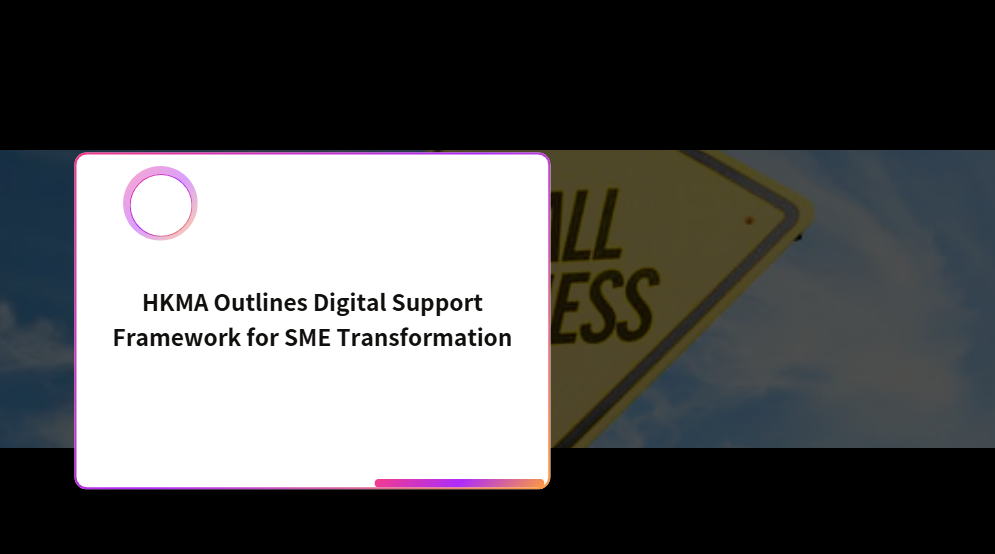
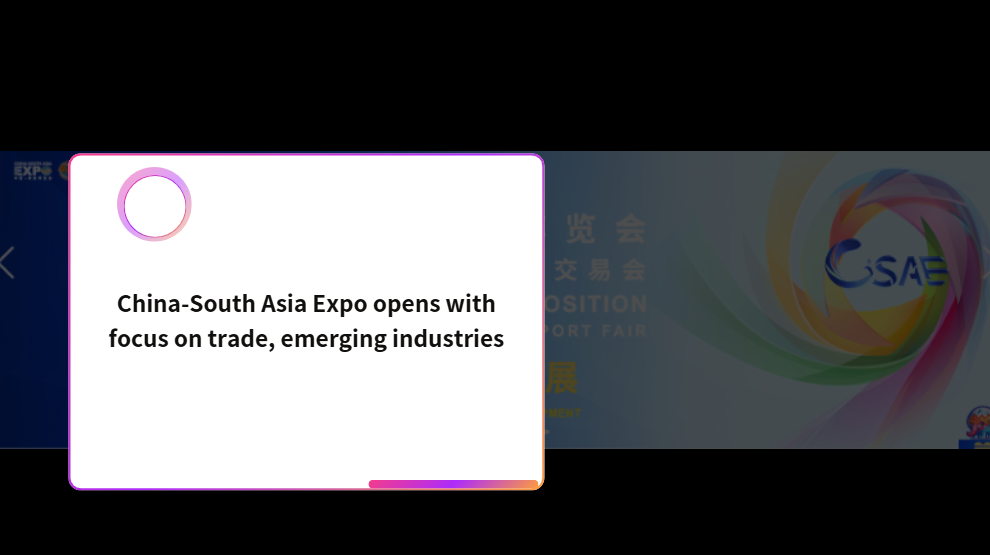




























First, please LoginComment After ~